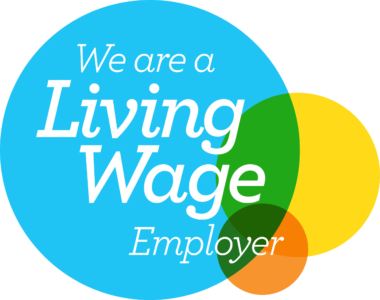The pandemic has caused many people a great deal of worry and stress; about their health and that of their nearest and dearest; about their work situation; about their ability to home-school; about the constriction of life in general.
All that anxiety, much of which is probably hidden, obviously has a negative effect on wellbeing.
Whilst the green shoots of spring are in the air and have brought with them the potential end to this very long journey through COVID-19, many people will take longer to rebalance themselves.
Disrupted sleep, or lack of sleep, is a common symptom of stress and anxiety. Over a relatively short period of time, if the body is not getting enough sleep, issues including deficits in memory and learning, poor concentration and poor or inconsistent decision making can arise, causing potentially poor mental health (which can lead to less sleep), increased absences from work and, in some cases, greater risk-taking behaviour.
Within a business with a good safety culture it is important, particularly in the current times, to ensure employees are provided with the appropriate resources in order to reach out for help. Education on how to spot signs that may mean that a colleague is struggling can also be important; it helps show not only that the business wishes to look after its people, but that all the staff can work in a collaborative way to try to make things better for everyone.
Conversely, a good regular pattern of sleep can help:
- improve concentration and attention
- improve decision making
- increases productivity
- positively influence safety.
Perhaps in the past we have concentrated too much on the ‘safety’ of health, safety and welfare; hopefully one of the positive impacts of the pandemic is that we can refocus and spend time reflecting on how better to improve the health and wellbeing of those that we work with in our organisations.
For practical specialist advice on how to drive a positive health and safety culture, please contact Matthew Gowen or another member of the Regulatory and Corporate Defence Team.
The content of this article is for general information only. It is not, and should not be taken as, legal advice. If you require any further information in relation to this article please contact the author in the first instance. Law covered as at March 2021.








